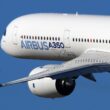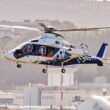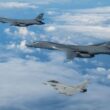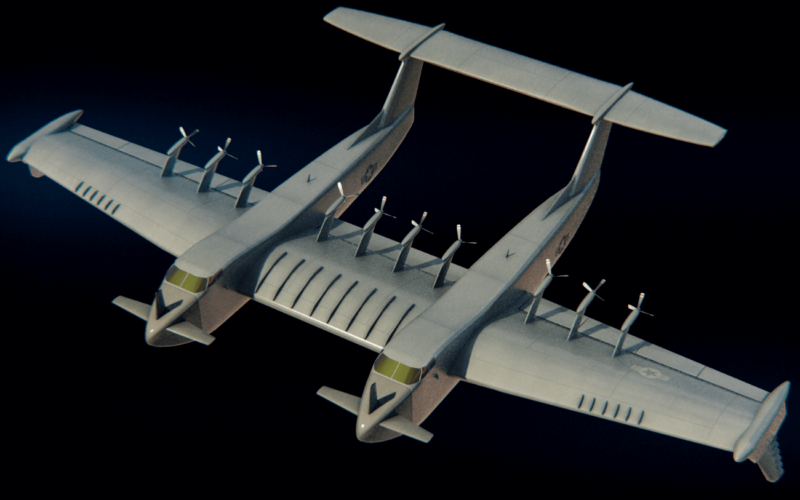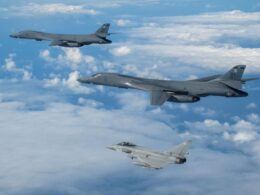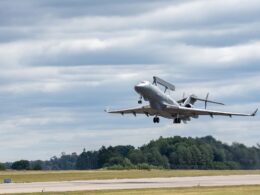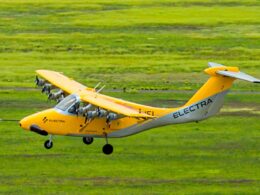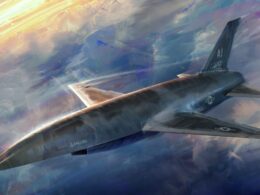The Defense Advanced Research Projects Agency (DARPA) has signed a contract with General Atomics to develop a ground effect cargo seaplane concept.
Dubbed the Liberty Lifter, the project was announced in May 2022 and is intended to fly both as a regular seaplane and utilize the ground effect for more efficient transportation.
The $7,967,144 cost-plus-fixed-fee contract, announced on November 25, 2022, is estimated to end in May 2023.
C-5 but Ekranoplan
The Liberty Lifter is expected to be roughly comparable to the Boeing C-17 Globemaster in size, earlier reports indicated.
According to DARPA, the project will be able to meet Department of Defense heavy-lift requirements and transport over 100 tons of cargo, on par with the Lockheed C-5 Galaxy.
The aircraft is also expected to be runway- and port-independent and capable of sustained flight at altitudes of up to 10,000 feet (3,000 meters) when not utilizing the ground effect. Its ability to fly at medium altitudes is said to be intended to allow it to operate over stormy seas. This will enable the Liberty Lifter to “operate at sea for weeks at a time without land-based maintenance activities,” DARPA said in a statement.
Golden grail of maritime aviation
Ground-effect vehicles, also known as wing-in-ground (WIG) vehicles, wingships or ekranoplans, are aircraft designed to fly at extremely low altitudes, utilizing aerodynamic interaction that occurs between the wing and the surface below it.
The interaction significantly increases the lift of the wing, allowing for a far more efficient flight, thus significantly extending both the range and the operational time of such vehicles in comparison with regular maritime aircraft.
The idea was first proposed and experimented upon in the early 20th century. During the Cold War, the Soviet Union created designs for several transport and attack ekranoplans, while concepts of similar vehicles also appeared in the US and Europe.
However, such vehicles have some major disadvantages, such as the inability to operate over uneven terrain or stormy waters. As a result, many Cold War-era ground-effect vehicle concepts were cancelled either before leaving the drawing board or after some experimentation.
Intended for Southeast Asia
Several minor aviation and marine companies still develop, manufacture, and utilize small passenger and commercial ground-effect vehicles. Most orientate themselves towards Southeast Asia, with its abundance of calm seas and islands.
According to Joshua Taylor, the Chief of South Asia Division of US Indo-Pacific Command, the Liberty Lifter could have significant implications to the US force deployment in Southeast Asia.
The region, particularly the South China Sea, sees constant geopolitical tensions between China and neighboring countries, many of them supported by the US.
A number of recent developments, such as a seaplane variant of the Lockheed C-130 Hercules, have been named as the US’ response to the situation, aimed at allowing greater operational mobility in the region.

